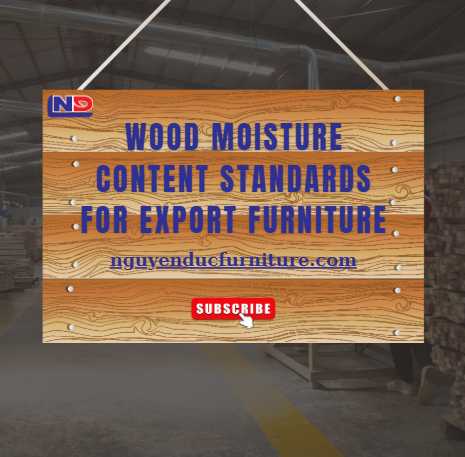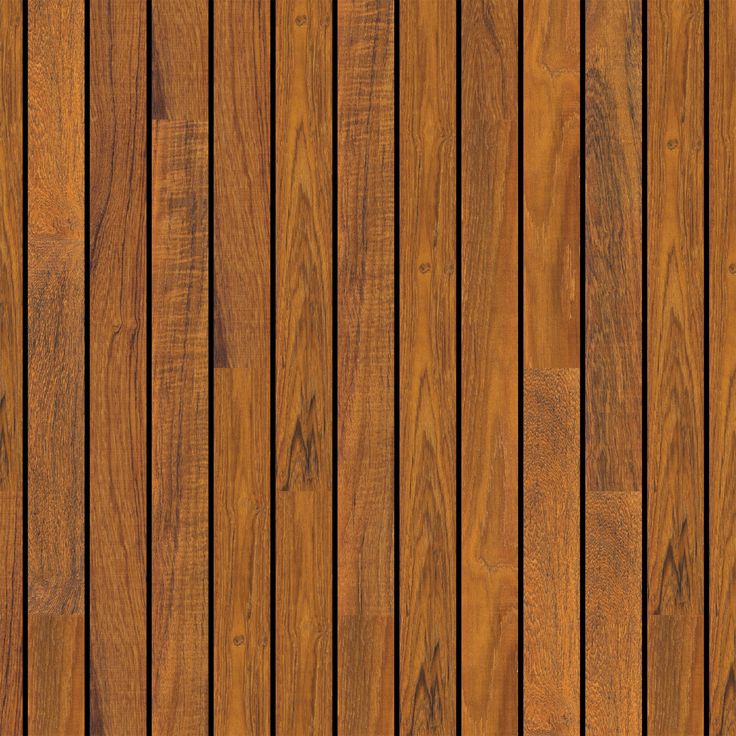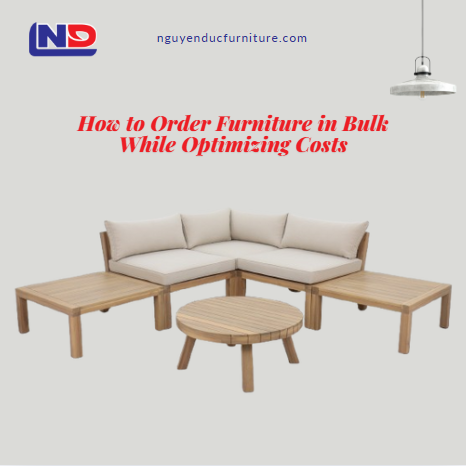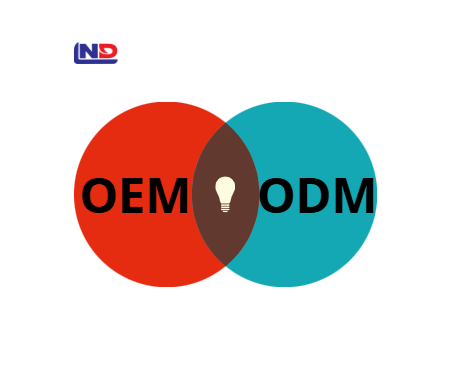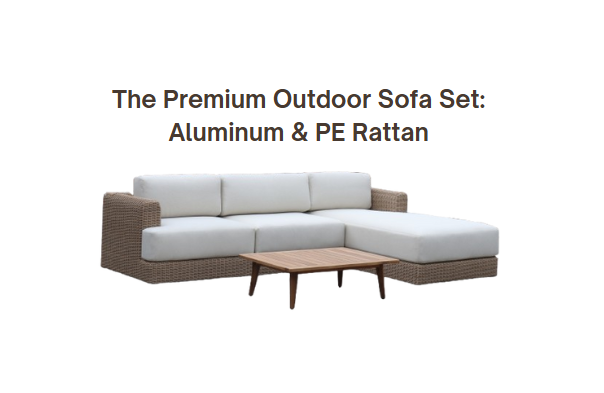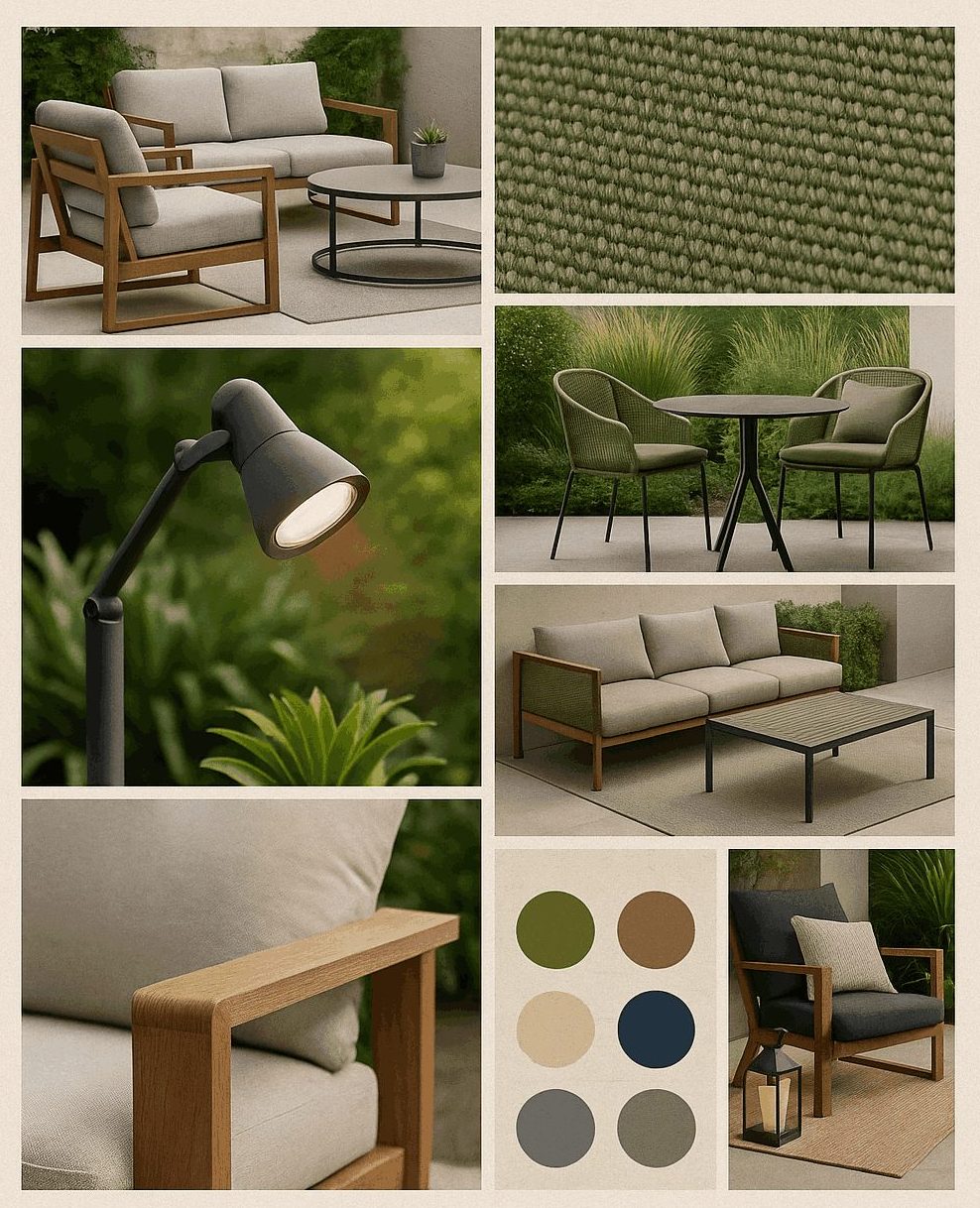Acacia Wood & Teak Wood: Which Is the Optimal Choice for Export Furniture Production?

INTRODUCTION:
In the export furniture industry, choosing the right wood material not only determines product quality but also directly affects production costs, competitiveness, and global market access. Among the most commonly used materials are acacia wood and teak wood. So, which one is the better choice for optimizing production? Let’s explore a detailed comparison to help you make the best decision for your business.
1. Overview of Acacia and Teak Wood
🔹 Acacia Wood (Keo):
- Origin: Commonly grown in Vietnam, Australia, and Southeast Asia
- Color: Light yellow with visible grain, easy to process
- Characteristics: Lightweight, quick-drying, easy to work with
- Price: Affordable, widely available
🔹 Teak Wood:
- Origin: Native to Southeast Asia—especially Myanmar, Thailand, and India
- Color: Golden to dark brown with attractive grains
- Characteristics: Hard, highly durable, naturally resistant to termites and weather
- Price: Significantly more expensive than acacia
2. Detailed Comparison: Acacia vs. Teak
| Criteria | Acacia Wood | Teak Wood |
|---|---|---|
| Durability | Medium to good | Excellent, lasts over 20 years |
| Termite Resistance | Average (requires treatment) | Excellent due to natural oils |
| Aesthetic Appeal | Bright color, visible grain | Rich tones, striking grain patterns |
| Weather Resistance | Can warp without proper drying | Very stable, minimal cracking |
| Cost | Low, cost-effective | High, suited for premium products |
| Export Suitability | Mass-market & affordable | Preferred in EU, US, Japan markets |
3. Which Wood Should You Choose for Export Furniture?
✔ Choose Acacia if you:
- Aim for cost efficiency and large-scale production
- Target mid-range or general consumer markets
- Have the capacity to process and treat wood properly to prevent warping
✔ Choose Teak if you:
- Focus on premium furniture segments
- Export to demanding markets like Europe, North America, or Japan
- Prioritize durability, aesthetics, and outdoor furniture capabilities
4. Optimal Strategy: Combine Both Woods
Many manufacturers are now opting for smart combinations:
- Main structure & load-bearing parts: Use teak for maximum durability
- Non-structural or decorative parts: Use acacia to reduce cost
Additionally, modified acacia (thermally treated or chemically enhanced) is becoming popular—it offers improved resistance to moisture and pests, with performance close to teak but at a more affordable price.
CONCLUSION:
Both acacia and teak wood offer unique advantages for export furniture production. The choice ultimately depends on your target market segment, pricing strategy, and brand positioning. If you’re looking for expert advice or a trusted manufacturing partner specializing in high-quality acacia and teak furniture, contact Nguyen Duc today for tailored support.
- #furniture
- #indoor
- #outdoor
- #FSC
- #PEFC certification Moisture content control Grade-A wood and quality-tested hardware
- #What is OEM What is ODM OEM vs ODM in furniture Vietnam furniture export custom furniture manufacturing private label furniture
- #bulk furniture orders
- #fashion
- #optimize furniture costs
- #design
- #wholesale furniture for projects
- #experiment
- #furniture supplier
- #trends
- #contract furniture manufacturer.
- #sofa
- #Acacia wood vs teak wood Best wood for export furniture Export furniture materials High-end teak wood furniture Affordable acacia wood furniture
- #tips
- #cushion
- #nguyen duc
- #funiture
Lastest news
We would love
to hear from you !
Reach out to us via the form below or through our contact details, and we’ll get back to you as soon as possible.






